Published on: 11/18/2015IST
11 Interesting Facts About The World Of Witches & Witchcraft
Let's just say that more or less of what we know about witches is hokum. They do not wear pointy headgears, concoct potions in a huge cauldron, have a cackling laugh or warts all over their faces. These are only a few of the many absurd things that popular mediums disseminated about witches and witchcraft.
In fact, some would even like to believe that witch-burnings were propaganda-driven. That is, however, a discussion for some other time. Here are a few facts about witchcraft to clear a few misconceptions.
1. Not all witches are evil.
It sounds obvious because a lot of us know mostly about witchcraft from Wizard of Oz, Harry Potter, and the likes. But witchcraft in real life has a very negative connotation, so much so, that witches were given death sentences to cleanse the society. But there have been, throughout history, practitioners of white magic as well. Witchcraft is not synonymous to black magic. It is an umbrella term that includes both white and black magic.
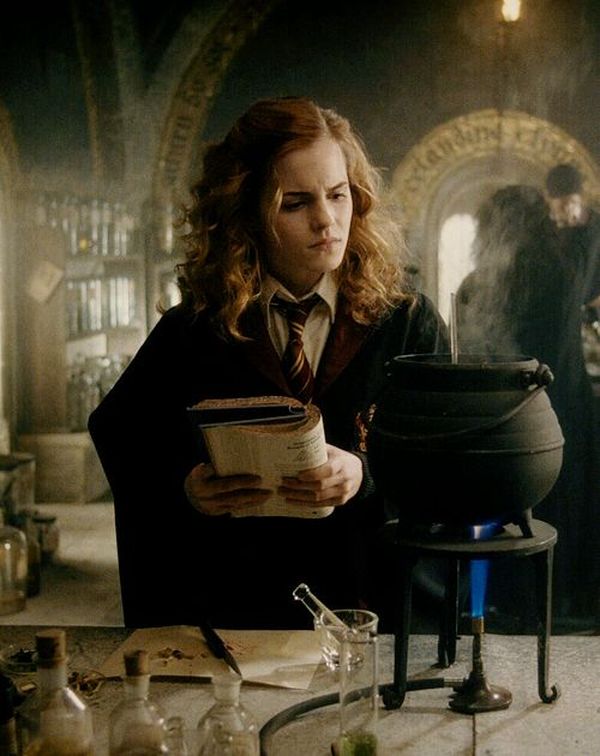
2. Hardly any 'witch' was ever burnt at a stake.
Only a handful of witches were ever burnt on stakes in real life. Even during the well-known Salem Witch Trials, 165 people were accused out of which 31 were imprisoned, of which 19 were sentenced to death. Out of those 19 people, 18 were women who were hanged to death. The one remaining was a man who refused to admit that he was a witch and was crushed to death with stones. So, immolation was never the primary means of execution as it was not permissible by law. In fact, in America none of the accused were burnt.
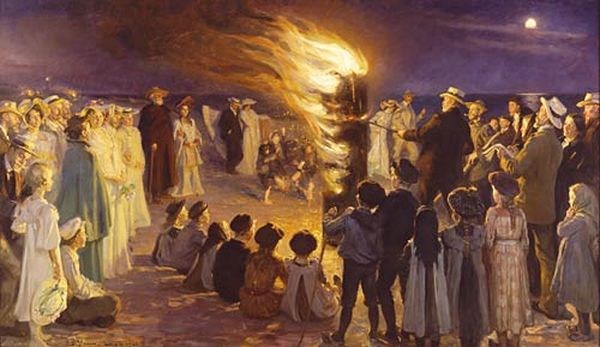
3. Witchcraft is practiced by both women and men.
It was believed for the longest time that witchcraft was mostly a female activity. But there are male counterparts of witches as well, mostly referred to as wizards, warlocks or sorcerers. Countless men and women have been persecuted throughout history in suspicion of practicing witchcraft.
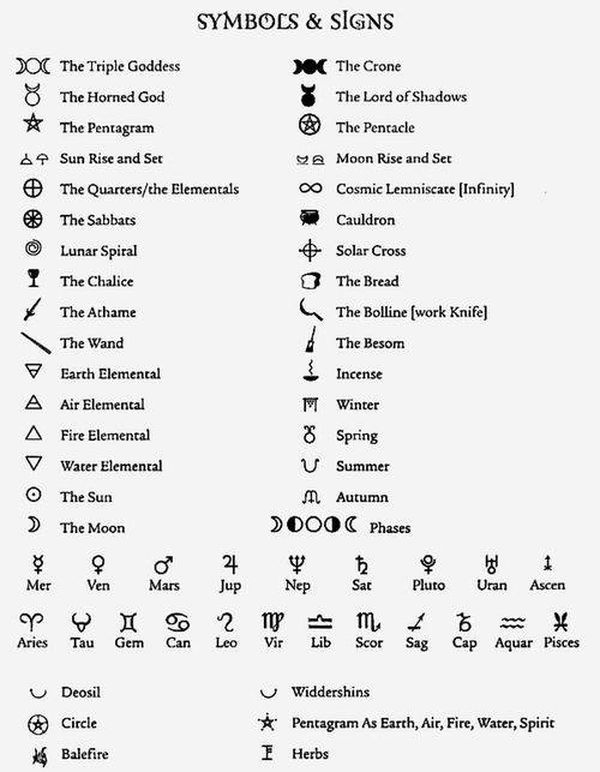
4. No solid evidence was required to convict a person of witchcraft.
This does not make much sense but then it happened in a society writhing under baseless superstitions. 'Evidence' like appearances in a dream was enough to book a case against someone.
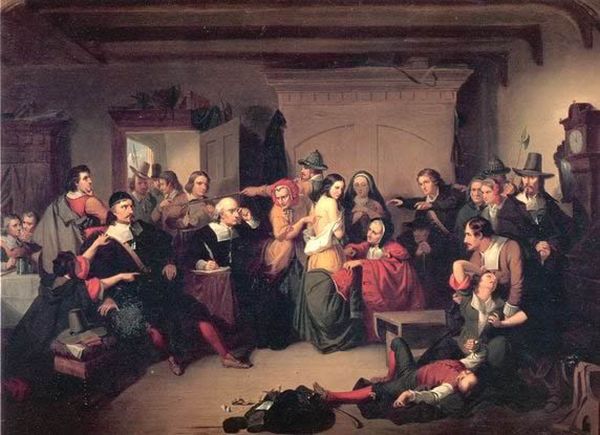
5. Malleus Maleficarum: the witch-hunting manual that became the gospel of every witch-hunter.
The book Malleus Maleficarum became the go-to handbook on how to deal with a witch for the hysteric masses and the witch-hunters alike. It was a legal and theological document written by two clergymen, which offered tips like shave the hair off the witch's body so that she can't hide magical objects. Go, figure.

6. Wicca is a new religious movement based on witchcraft.
Englishman Gerald Gardner created this religion and introduced it to the public in 1954. According to Gardner, Wicca emerged from a European witch-cult that was persecuted during the witch trials. The core of this religion is formed of ancient pagan and 20th century hermetic motifs.
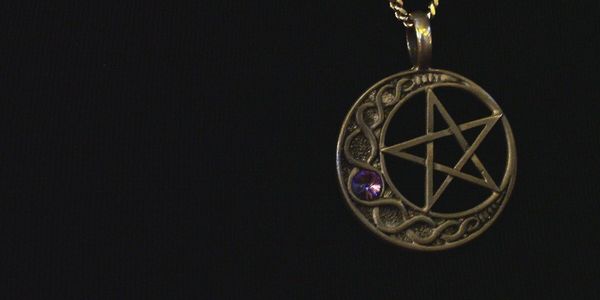
7. Unlike popular belief, Halloween is not the only time when all the witches come out.
Halloween is more fun than serious but unlike popular belief, it is not especially marked in a witch's calendar. They are also believed to celebrate the first day of May or Beltane and Midsummer's eve that coincides with the summer solstice. In fact, Easter is associated with witches in Sweden.
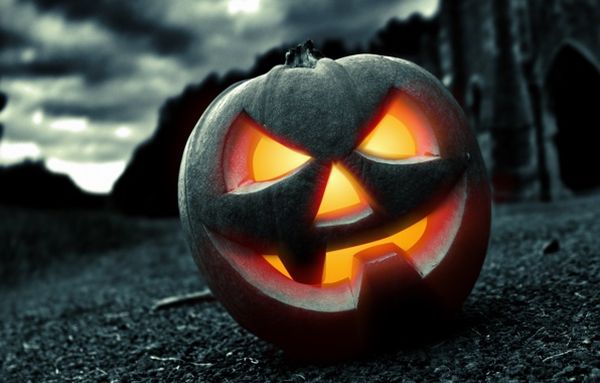
8. Unlike popular belief, witchcraft is not Satanism.
Witchcraft is rooted in pagan beliefs. Most of the pagan belief systems are, well, not Christianity. These pagan systems do not have any concept of Satan and hence, worshiping him does not make any sense. Satanists, on the other hand, worship Lucifer. Satanism has existed for almost as long as Christianity has.
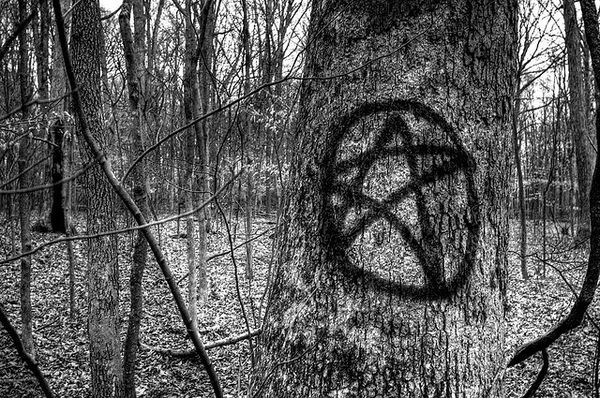
9. The Indian counterpart of a witch is referred to as daayan or daayani.
The terms daayan or daayani have been taken from the Sanskrit word dakini that refers to a woman with supernatural powers. It is believed that the daayan cult stemmed from a 15th-century secret society in Latur, Maharashtra. Daayan is, however, not to be mistaken with churail.
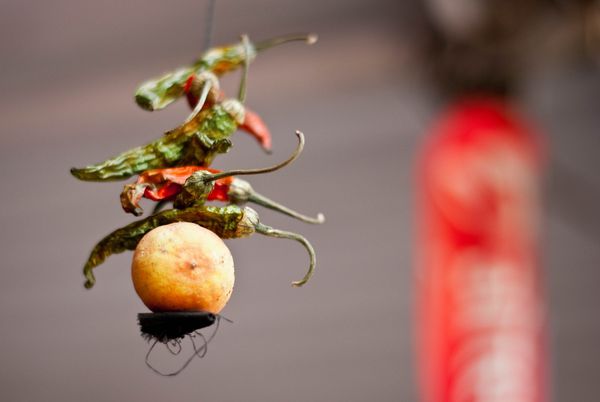
10. Mayong in Assam is popular as the Land of Black Magic.
It is a belief still prevalent that the people of Mayong practice black magic and that they can cure any ailment. It is also believed that people from Mayong could transform people to animals, make them disappear, tame beasts and do many unspeakable things. These practices are said to have been passed along the younger generations. It must be mentioned here that in a recent incident, a woman accused of witchcraft was beheaded in the Sonitpur district of the state.
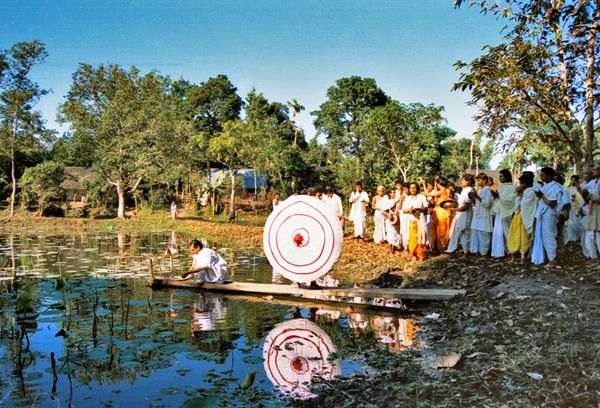
11. Witches used broomsticks to fly. Almost.
It is one of the facts harder to believe but not if you take it figuratively. Practitioners of witchcraft experimented with herbs and potions. And in doing so, they might have used a mandrake plant, which has hallucinatory properties. It made people euphoric and even hallucinate at times. There were rituals that were performed in the nude and involved rubbing a herbal ointment that contained mandrake. After the ointment was put in the private parts, it caused a floating sensation. That sensation has been likened to that of floating on a broomstick.
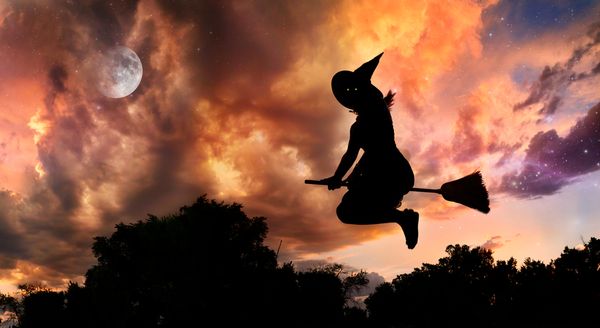
4/27/2016 | | Permalink
